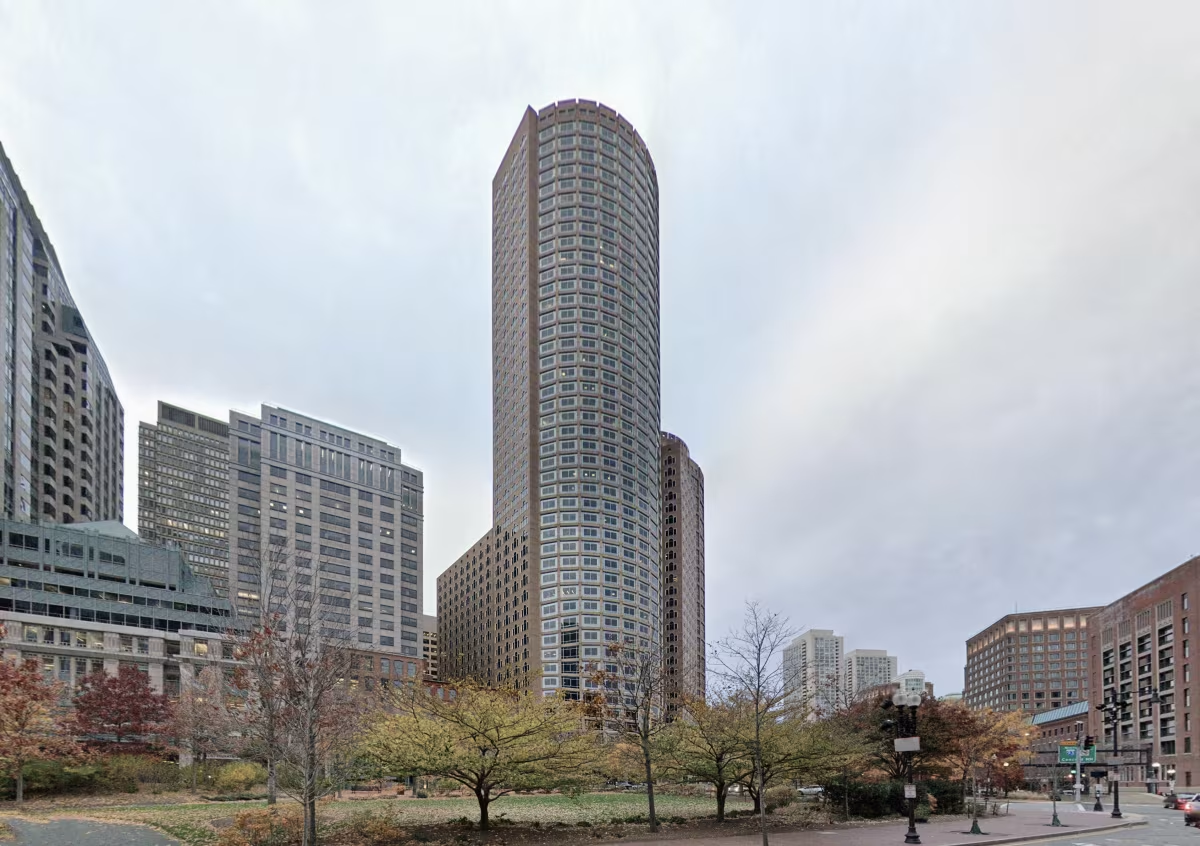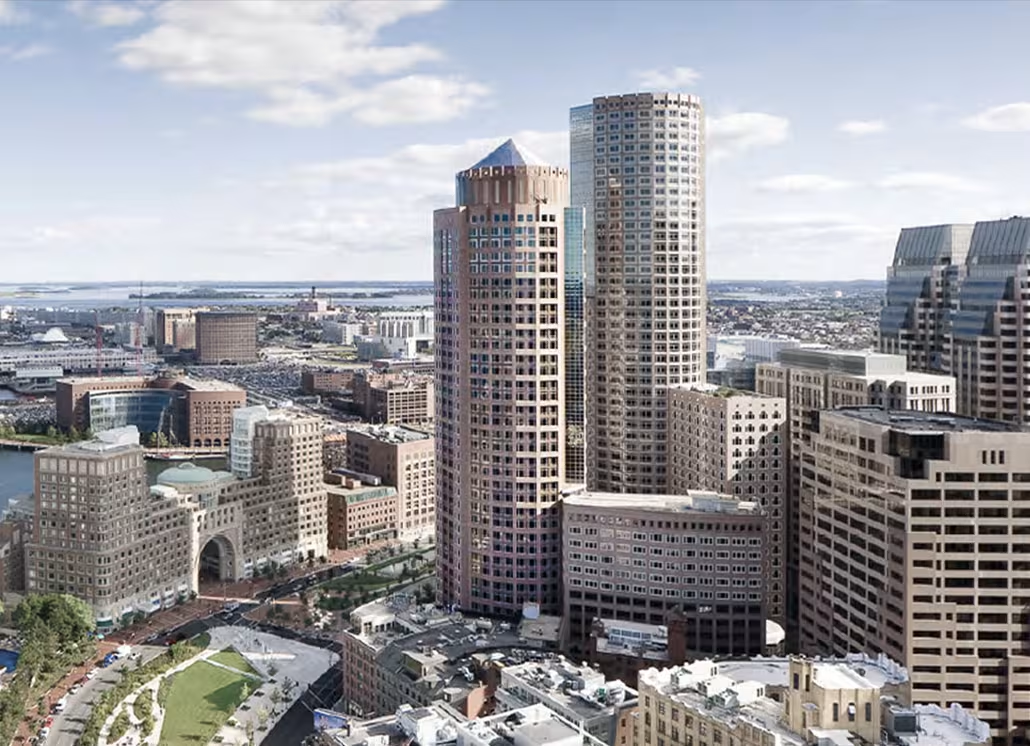One International Place Building vs Two International Place Building


Comparing the One International Place Building and the Two International Place Building is especially interesting because they share much in common. Both rise in Boston, MA both were designed by Johnson/Burgee Architects, and they were completed within 5 years of each other.
This overlap gives us a unique opportunity to understand how Johnson/Burgee Architects approached different commissions in the same urban context and historical context during a short period.
Height & Size
The One International Place Building is clearly the larger tower of the two, both in terms of height and number of floors. It rises to 600ft (183m) with 46 floors above ground, while the Two International Place Building reaches 538ft (164m) with 35 floors above ground.
Of course, each project may have faced different briefs or regulatory constraints, which we don't really know about and could also explain the outcome.
Architectural Style
Both the One International Place Building and the Two International Place Building were designed in line with the aesthetic conventions of the Postmodernism style.
The Two International Place Building was designed at a moment when the Postmodernism style was already in decline, making it more of a lingering expression of the movement. In contrast, the One International Place Building was built when the style still carried greater cultural weight.
Uses
Both the One International Place Building and the Two International Place Building were designed to serve as commercial towers, and that has remained their main use since their completion, serving similar roles in the urban fabric.
The One International Place Building also provides 400 parking spaces.
Structure & Facade
The two buildings opted for different structural and facade solutions.
The One International Place Building uses a Frame system, which relies on a regular grid of columns and beams to sustain its weight, while the Two International Place Building uses a Framed Tube In Tube system, that combines a strong central core with a perimeter tube of columns.
And when it came to the facade, the Window Wall went with a Window Wall facade, which uses panels fitted between floor slabs, leaving slab edges visible, while the Two International Place Building opted for a Modular facade, that employs prefabricated panels, often mixing solid surfaces with smaller windows.
| One International Place Building | Two International Place Building | |
|---|---|---|
| Johnson/Burgee Architects | Architect | Johnson/Burgee Architects |
| 1987 | Year Completed | 1992 |
| Postmodernism | Architectural Style | Postmodernism |
| Commercial | Current Use | Commercial |
| 46 | Floors Above Ground | 35 |
| 183 m | Height (m) | 164 m |
| 6 | Number of Elevators | 38 |
| Frame | Structure Type | Framed Tube In Tube |
| Steel | Vertical Structure Material | Steel |
| Reinforced Concrete | Horizontal Structure Material | Reinforced Concrete |
| Yes | Facade Structural? | Yes |
| The Chiofaro Company | Developer | The Chiofaro Company |
| McNamara . Salvia | Structural Engineer | McNamara/Salvia, Inc. |
| MA | State | MA |
| Boston | City | Boston |
| 100 Oliver Street | Address | 2 International Place |